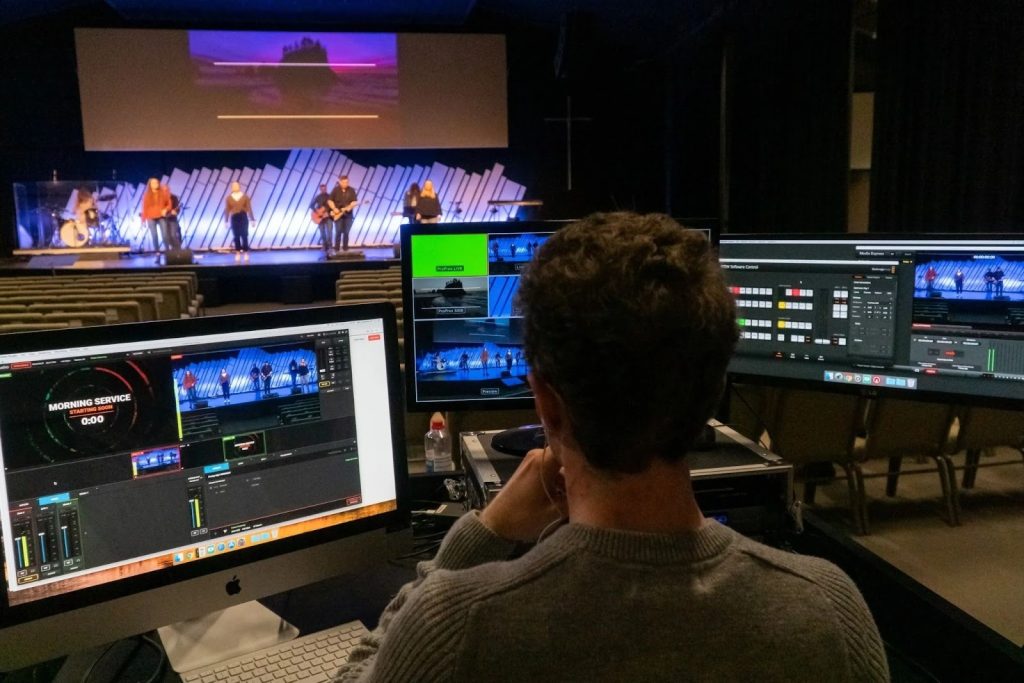
In today’s fast-paced digital world, broadcast media for sharing information remains one of the most influential tools for shaping public opinion, driving awareness, and promoting engagement. From television and radio broadcasts to digital streaming and social media platforms, these channels serve as powerful means to inform, educate, and inspire audiences. However, to achieve maximum impact, organizations must adopt strategic approaches that enhance the clarity, reach, and engagement of their communication efforts.
Crafting Clear and Compelling Messages
At the heart of effective information sharing through broadcast media lies the ability to craft clear, concise, and emotionally compelling messages. With audiences constantly bombarded by information, clarity and simplicity are essential. Messages that are easy to understand resonate more strongly and are remembered longer. Organizations should avoid jargon and complex terminology, opting instead for plain, relatable language. Additionally, incorporating storytelling techniques—such as real-life examples, personal experiences, or emotional narratives—helps to engage viewers and listeners on a deeper level. A well-told story not only informs but also inspires action and builds connection.
Identifying and Understanding Target Audiences
A successful broadcast communication strategy begins with knowing who your audience is. Every demographic has unique media consumption habits, preferences, and concerns. By identifying target audiences, organizations can tailor messages that align with their values and interests. Conducting audience research through focus groups, surveys, or social media analytics allows communicators to gain insights into viewer behavior and expectations. This data-driven understanding helps determine the right broadcast channels, tone of messaging, and presentation style—ensuring that every message reaches the right people at the right time.
Leveraging a Multi-Platform Approach
In the modern era, boundaries of broadcast media extend beyond television and radio. Digital platforms such as podcasts, live streams, and social media networks have become equally vital for information dissemination. Adopting a multi-platform strategy allows organizations to maximize reach and engagement. For instance, a television broadcast can be repurposed into short video clips for YouTube or social media, driving traffic back to the main program. Similarly, key highlights from radio segments can be shared as podcasts or tweets. This cross-platform strategy reinforces the core message, increases audience interaction, and ensures consistent visibility across diverse channels.
Timing and Relevance: The Key to Impact
The success of broadcast information sharing often depends on timing. Sharing information when audiences are most receptive—such as during major news events, public discussions, or trending topics—can significantly amplify impact. Additionally, scheduling broadcasts during peak viewing or listening hours increases exposure. Utilizing data analytics tools helps determine the best times to release content, ensuring optimal reach. Timely communication not only boosts visibility but also enhances credibility by aligning the message with current public interest and discourse.
Encouraging Active Audience Engagement
Broadcast media is no longer a one-way communication channel—it thrives on interaction. Encouraging audience participation transforms passive viewers into active contributors. Live Q&A sessions, polls, comment sections, and social media discussions enable organizations to receive instant feedback and build community trust. Engagement also enhances brand credibility, as it shows transparency and openness to dialogue. When audiences feel heard, they are more likely to stay loyal and advocate for the brand or organization.
Collaborating with Influencers and Strategic Partners
One of the most powerful ways to amplify broadcast reach is by collaborating with influencers, public figures, or community leaders who already have established credibility within their niche. These partnerships lend authenticity to messages and help tap into new audience segments. Likewise, partnerships with local organizations, non-profits, and educational institutions can further extend outreach efforts. By associating with trusted and respected voices, organizations enhance both the authority and relatability of their information-sharing campaigns.
Measuring Results and Refining Strategies
To ensure continued success, it is essential to measure the effectiveness of each broadcast campaign. Metrics such as audience ratings, viewership data, social media engagement, and post-broadcast surveys provide valuable feedback on performance. Analyzing this data helps identify what resonates most with the audience and what areas require improvement. Based on these insights, organizations can refine their strategies, strengthen messaging, and enhance the quality of future broadcasts. Regular evaluation fosters adaptability and continuous improvement—a key factor in maintaining audience relevance.
Enhancing Impact Through Visual and Audio Quality
In broadcast communication, presentation is as important as content. High-quality visuals, engaging graphics, and appealing audio elements play a major role in capturing audience attention and reinforcing understanding. Visual storytelling tools like infographics, motion graphics, and dynamic camera angles can simplify complex topics and make them more digestible. Similarly, thoughtful use of background music, sound effects, and professional narration can elevate emotional impact. Investing in high production quality not only enhances credibility but also increases viewer retention and satisfaction.
Building Long-Term Trust Through Consistency
Consistency is the foundation of trust in broadcast media. Regular communication, accuracy, and transparency foster long-term credibility. Audiences are more likely to trust organizations that consistently deliver factual, verified, and timely information. Maintaining a steady broadcasting schedule and being transparent about sources or updates strengthens audience relationships. Furthermore, addressing mistakes openly and issuing prompt corrections demonstrates accountability—an essential quality for sustaining public trust in an age of misinformation.
Conclusion
In conclusion, effective information sharing through broadcast media requires a well-rounded strategy that combines clarity, audience insight, timing, engagement, and credibility. By leveraging both traditional and digital broadcasting channels, crafting compelling narratives, and continuously refining communication methods, organizations can significantly enhance their outreach and influence. The key to success lies in understanding the audience, delivering consistent value, and maintaining authenticity. When executed strategically, broadcast media becomes not just a communication tool, but a powerful catalyst for awareness, connection, and positive change.